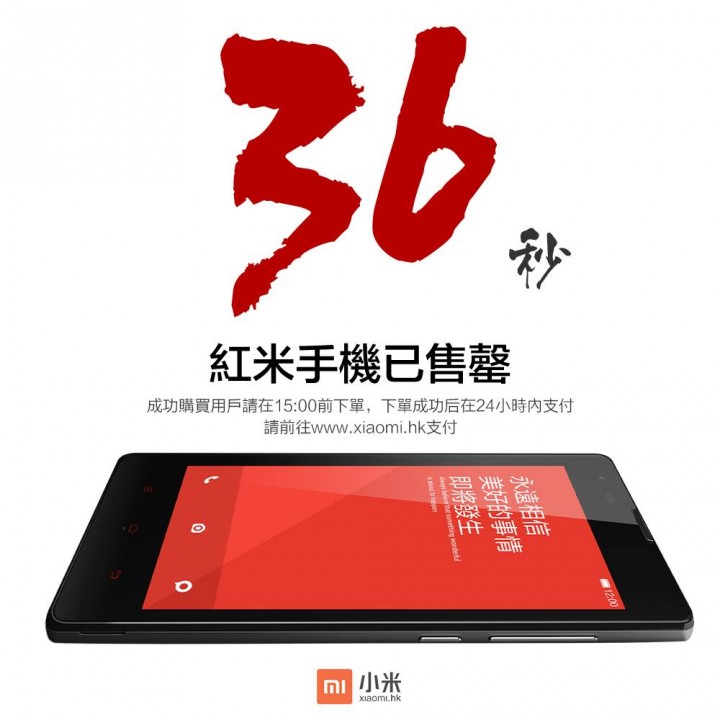Chinese stocks stumbled on Friday on concerns over a cash crunch, while Asian shares crept higher, with investors reassessing the Federal Reserve's policy outlook after its decision this week to start tapering stimulus.
The dollar climbed on the Fed tapering news to a more than five-year high against the yen, and stood tall against the euro and emerging currencies. Gold rebounded after earlier tumbling to a near six-month low.
CSI300 stock index shed 1.1 percent, hitting a five-week low, while shares of Hong Kong-listed Chinese companies sagged 0.9 percent.
"Liquidity is an issue," said Jackson Wong, Tanrich Securities vice-president for equity sales in Hong Kong.
"Even after the PBOC announced the short-term liquidity operation last night, there is still a concern in the short term because if the markets don't hear guidelines from PBOC officials, banks are still in the tight mode."
The Chinese money market began tightening on Wednesday and spiked on Thursday when the central bank, the People's Bank of China (PBOC), abstained from injecting cash to ease shortages, similar to a massive credit squeeze that roiled markets in June.
MSCI's broadest index of Asia-Pacific shares outside Japan added 0.1 percent. It erased early gains to end a touch softer in the previous session.
Tokyo's Nikkei benchmark shed 0.5 percent on profit-taking. The index rallied 1.7 percent to its highest closing level in six years on Thursday as the yen slid following the Fed taper decision.
The Bank of Japan, as widely expected, stood pat on its monetary policy after a two-day policy meeting ending on Friday.
Analysts said the Fed's smooth start in cutting its stimulus by $10 billion to $75 billion a month without disrupting markets removed one uncertainty for the BOJ, giving it more time to decide whether further monetary expansion will be needed next year.
The yen touched its weakest level of 104.44 yen to the dollar since October 2008.
The euro eased 0.1 percent to $1.3642, hitting a two-week low. Against a basket of major currencies, the dollar was up 0.1 percent at 80.707, a two-week high.
"With the Fed now having begun the tapering process, the burden of proof now seems to be on the side of the data to weaken sufficiently to force a halt," analysts at BNP Paribas wrote in a note.
Thursday's data showed U.S. home resales hit a near one-year low in November and new filings for unemployment benefits unexpectedly rose last week, dulling an otherwise brightening economic picture.



